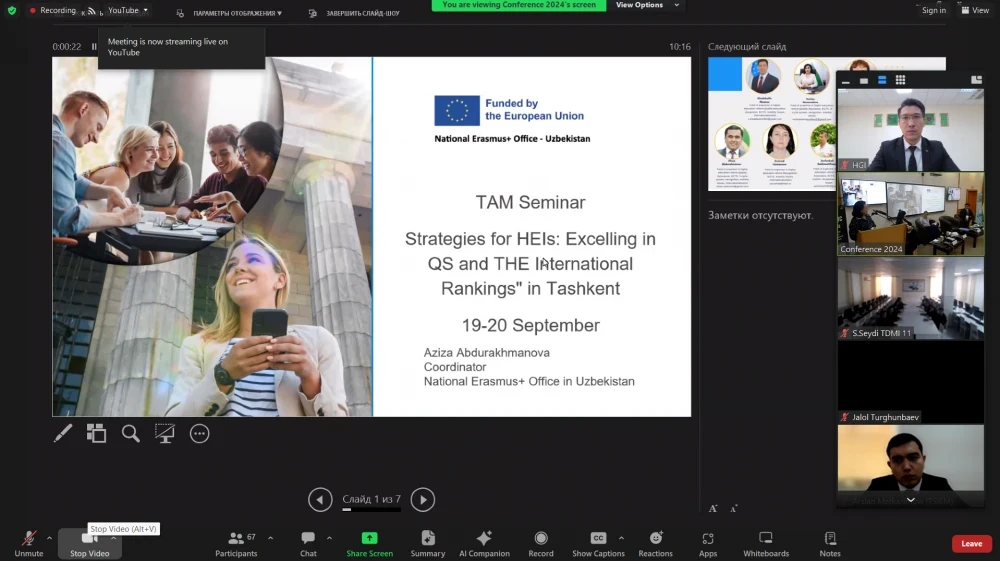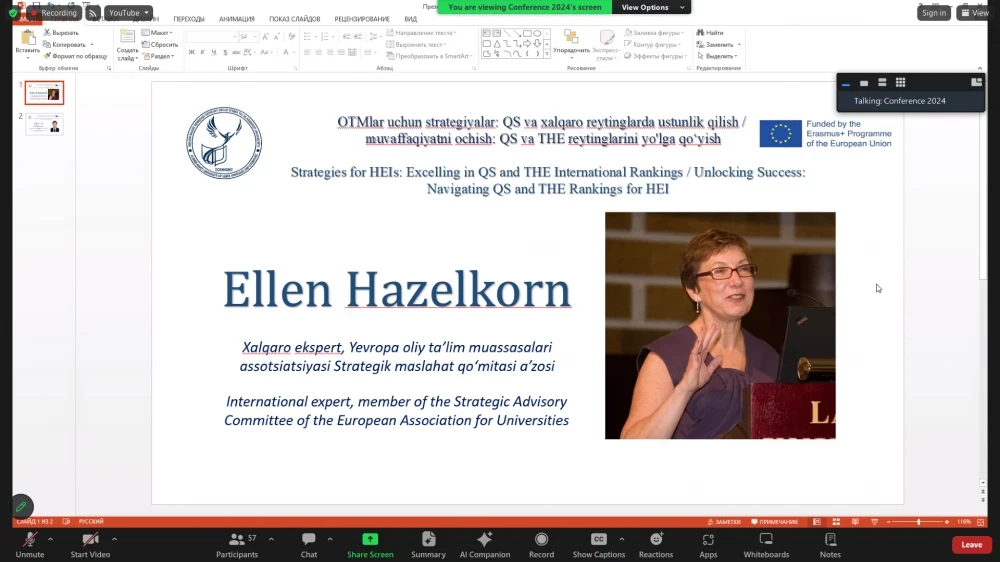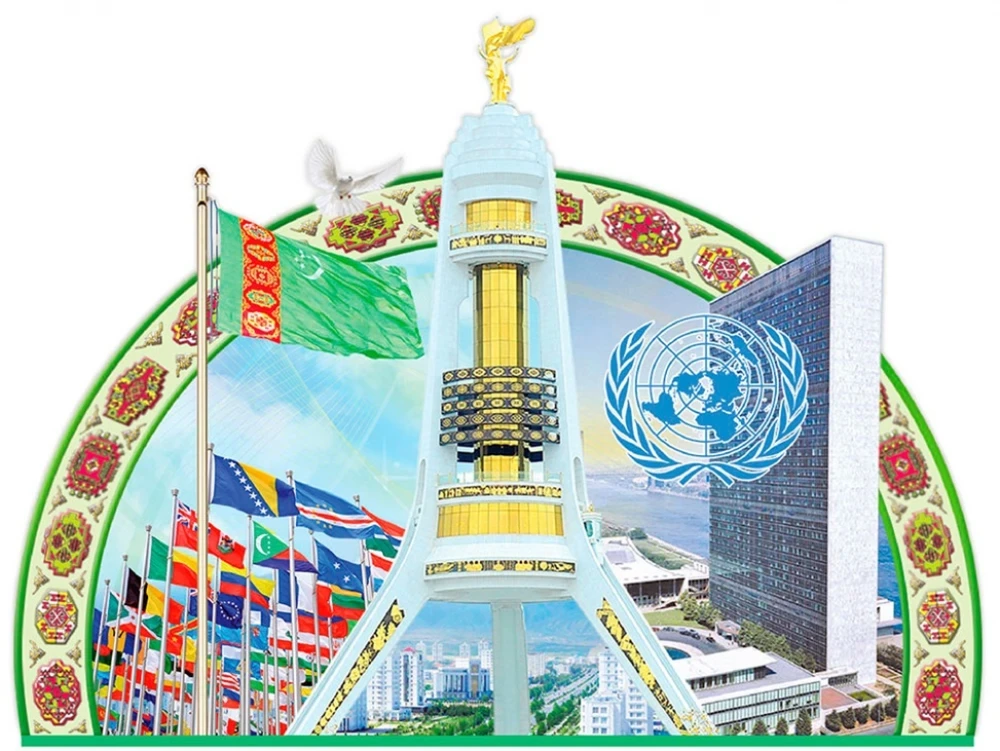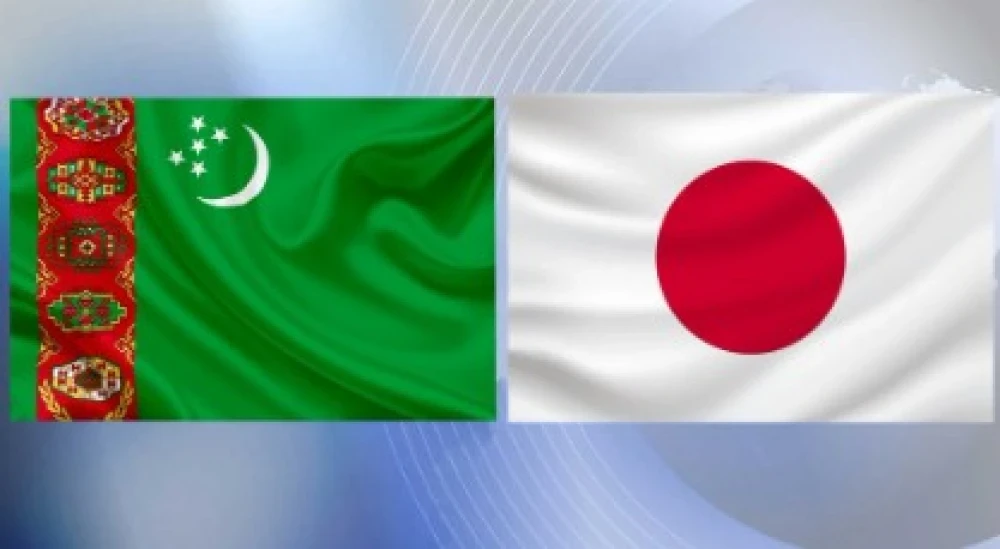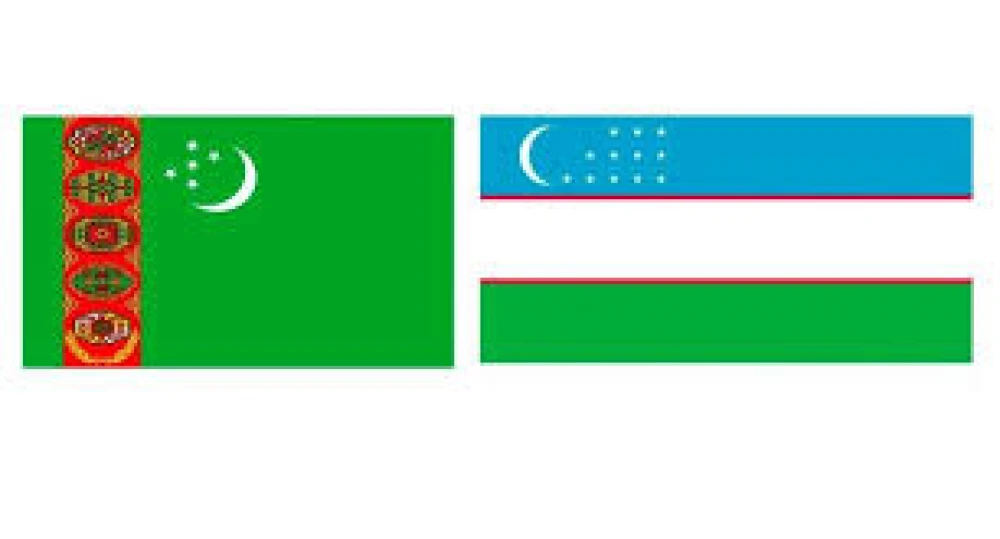21/09/2024
1655
ERASMUS+: UNDERSTANDING THE INTERNATIONAL RANKING SYSTEMS FOR HEIs
A significant seminar dedicated to the international ranking systems for HEIs took place on September 19-20, 2024, bringing together leaders in higher education. The seminar was organized by the Ministry of Higher Education, Science and Innovations of the Republic of Uzbekistan, the Erasmus+ National Office in Uzbekistan, and the Alisher Navo’i Tashkent State University of Uzbek Language and Literature. The agenda of the seminar was titled “Strategies for HEIs: Achieving Excellence in QS and International Rankings, as well as, Unlocking Success: Implementing QS and THE Rankings.” Its main goal was to provide higher education institutions with practical strategies to align their quality standards with international benchmarks.
The seminar was inaugurated with speeches from key figures in the higher education sector, including Shohrukh Daliyev, First Deputy Minister of Higher Education, Science and Innovations, Aziza Abduraxmanova, Head of the National Erasmus+ Office in Uzbekistan, and Diyor Umarov, Head of the International Cooperation and Rankings Department. A highlight of the event was the presentation by renowned higher education expert, a consultant for BH Associates, Honorary Professor at Dublin, and a member of several influential international advisory boards, including the European Union’s Smart Specialisation (HESS) higher education advisory group Professor Ellen Hazelkorn. During the seminar Ms.Hazelkorn shared her deep expertise on the intricacies of international university rankings. Professor’s insights focused on the concept and relevance of these rankings, as well as the quality benchmarks that define success in the global higher education system.
Briefly about the international ranking for HEIs.
The QS World University Rankings is a portfolio of comparative college and university rankings compiled by Quacquarelli Symonds, a higher education analytics firm. Its first and earliest edition was published in collaboration with Times Higher Education (THE) magazine as Times Higher Education–QS World University Rankings, inaugurated in 2004 to provide an independent source of comparative data about university performance. In 2009, the two organizations parted ways to produce independent university rankings, the QS World University Rankings and THE World University Rankings.
The QS system includes general and subject ratings that evaluate universities around the world in 51 different subjects and five subject areas.
The Times Higher Education World University Rankings, often referred to as the THE Rankings, is the annual publication of university rankings by the Times Higher Education magazine. As mentioned above the publisher had collaborated with Quacquarelli Symonds (QS) to publish the joint THE-QS World University Rankings from 2004 to 2009. After it turned to Thomson Reuters for a new ranking system from 2010 to 2013. In 2014, the magazine signed an agreement with Elsevier to provide it with the data used in compiling its annual rankings.
The publication includes global rankings of universities, including by subject and reputation. It also has begun publishing three regional tables for universities in Asia, Latin America, and BRICS and emerging economies, which are ranked with separate criteria and weightings.
The ranking takes into account only those universities that have more than 200 scientific publications per year and that do not specialize in narrow areas of research. The methodology for evaluating universities was compiled jointly with the Thomson Reuters information group. The activity of universities is assessed by 13 indicators of varying weight. The predominant role is played by the general citation of scientific publications, normalized relative to different fields of research (32.5%), scientific (19.5%) and academic (15%) reputation of the university in certain areas.
The ratio of defended dissertations to the number of teaching staff (6%), the amount of financing by third-party companies of the university's research activities in relation to the number of teaching staff (5.5%), the amount of financing of the university's research activities in relation to the number of teaching staff (5.25%), the ratio of teaching staff to the number of students are also taken into account and the ratio of published scientific articles to the number of teaching staff (4.5% each). The following criteria have a very small weight (from 0.75% to 3%): the ratio of state funding for research activities to the total research budget of the university, the ratio of the number of foreign representatives of the teaching staff to the number of local ones, the ratio of the number of foreign students to the number of local ones, the ratio of defended dissertations (Ph.D.) to the number of bachelors going to the master's degree and the average remuneration of a representative of the teaching staff.
It should be noted that during the practical sessions of the seminar, Professor Hazelkorn took a deep dive into the methodologies and criteria of major ranking systems mentioned above QS and THE, providing participants with a clear understanding of their benefits and potential challenges. Her analysis emphasized how rankings can be used strategically to enhance both the quality and performance of HEIs, offering invaluable recommendations tailored to the educational context.
Rahym AKMURADOV,
Lecturer of the Institute of International Relations
of the Ministry of Foreign Affairs of Turkmenistan.
